Arizona Coyotes told move to Utah is a go, per reports
Apr 12, 2024, 6:56 PM | Updated: Apr 13, 2024, 6:41 am
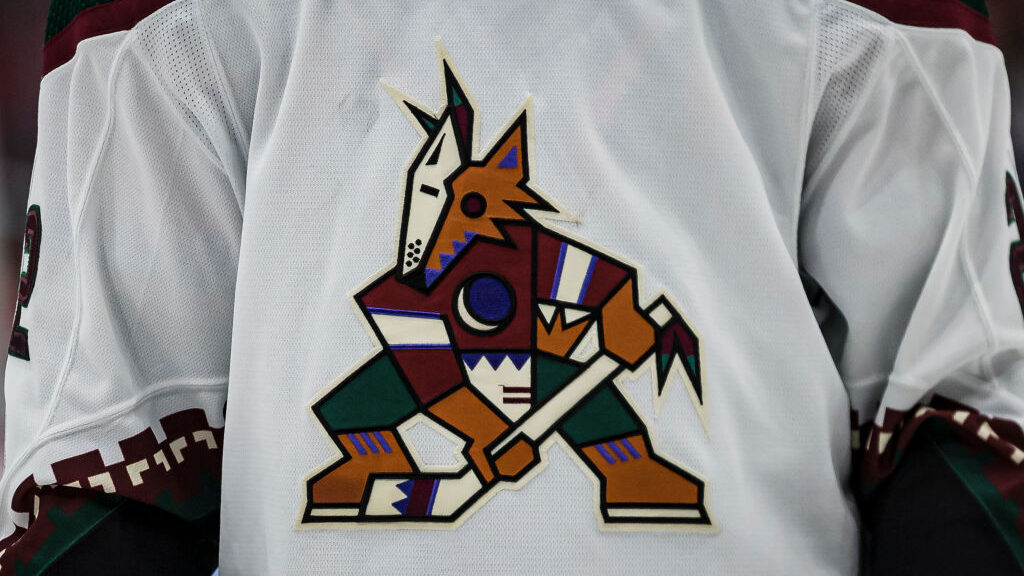
A detailed view of the Arizona Coyotes logo on the jersey worn by Johan Larsson #22 of the Arizona Coyotes during the third period of the game against the Washington Capitals at Capital One Arena on October 29, 2021 in Washington, DC. (Photo by Scott Taetsch/Getty Images)
(Photo by Scott Taetsch/Getty Images)
Time has run out on the Arizona Coyotes franchise, as players were told before Friday’s game that the team is relocating to Salt Lake City, according to SportsNet’s Elliotte Friedman and ESPN’s Emily Kaplan. The team will reportedly move to Utah for next season.
The reported move follows failed attempts to find a permanent home arena in the Phoenix area.
After a May 2023 public vote failed to greenlight the team’s purchase and development of an entertainment district in Tempe, the Coyotes’ most recently targeted land for a new arena in northeast Phoenix. Owner Alex Meruelo was planning to purchase state land at an auction that was listed to go up for bidding on June 27.
The tract of land is located on the northwest corner of the Loop 101 and Scottsdale Road near Desert Ridge Marketplace.
Winning that auction appeared to be the next step, but potential hurdles remained. On April 8, the mayor of Scottsdale published a letter opposing the development of a new arena just across Scottsdale Road from its city. Now, the franchise is leaving the state.
The team, which played the past two seasons at Arizona State University’s Mullett Arena, had been searching for a site to construct a new arena after it was pushed out of its former home in Glendale after the 2021-22 season. ASU and the Coyotes were under contract through 2024-25 with an option year the following season, but the NHL’s patience likely ran out.
The northeast Phoenix site would have required the Coyotes to potentially pay $80 million just to develop the land to provide water, sewer and traffic amendments before building a new arena, according to a city of Phoenix estimate. That was on top of the $68.5 million starting bid on the land, plus the costs of the stadium projects and entertainment district using the utilities.
Losing out on the vote in Tempe was ultimately the last blow to end a 28-year run in the desert after it migrated from Winnipeg in 1996.
The Coyotes’ time in Arizona had its share of valleys to go with few peaks. The team changed ownership groups roughly every half-decade and was under NHL control for a stint. Arizona changed names — from Phoenix Coyotes to Arizona Coyotes — once. The Coyotes played in three different home arenas.
And while they made the playoffs in four of the first five years in the Valley, the franchise made the postseason only four times from 2002-2024.
Then came the latest search for a permanent home. After the blow of the Tempe vote, team leaders acknowledged in August that Meruelo had an interest in purchasing land in Mesa, reportedly near Alma School Road and Loop 202. At the time, the franchise said it was continuing to look at other properties in or near the East Valley.
The Phoenix land then became the focus.
The Coyotes said that the development would include a 17,000-seat arena and 150,000-square-foot practice facility.
It would also feature a concert venue for a live music theater for 3,000 attendees, 400,000 square feet of retail and a multi-purpose watch party plaza equipped with a supersized screen for viewing events. The district would be covered by a 170,000-square-foot canopy spanning the arena to the theater.
Signs that time was running short came when NHL commissioner Gary Bettman said during an All-Star press conference on Feb. 2 that he was “reasonably confident” that Meruelo and the Coyotes would have an arena solution. There was a tinge of doubt.
“Alex Meruelo as recently as last week told me he was certain he was going to get this done,” Bettman said. “I don’t make it a practice of contradicting owners unless I have hard facts of the contrary and I’m both hopeful that and reasonably … reasonably confident that he’s going to do what he says.”
That still a contrast to how NHLPA executive director Martin Walsh viewed the Coyotes’ arena situation, going so far as to encourage a relocation if there was not a plan by the end of the 2023-24 season.
“We have a team in Arizona that doesn’t seem interested in having a conversation with the union who represents the players that play on that team,” Walsh told reporters at an All-Star Weekend event, expressing disappointment in Meruelo and president Xavier Gutierrez for not working with the players’ union since Walsh took over in spring 2023.
Why did Arizona Coyotes new arena plans in Tempe fail?
The Coyotes in May lost a public vote on a Tempe entertainment district near Priest Drive and Rio Salado Parkway. That land, however, required remediation as it previously served as a landfill.
The $2.1 billion project was expected to create a 16,000-seat arena, a practice rink, 300,000 square feet of upscale retail, 1,600 apartments, two hotels and a theater. Prop 301, Prop 302 and Prop 303 all had to pass for the Coyotes to move forward and all were turned down by voters.
About 30,000 voters submitted ballots for three propositions that all failed, putting the hockey team’s future in the state in doubt. The Coyotes have since maintained their goal was to remain in Arizona.
Talks of backup plans have followed.
The Coyotes have been searching for a permanent home since the city of Glendale pulled out of a multimillion-dollar lease at Gila River Arena. The NHL team had been playing on an annual lease until Glendale said it would not be renewed for the 2022-23 season.
What arenas did the Coyotes play during their tenure in Arizona?
The Coyotes began play in Arizona by sharing America West Arena, which is now called Footprint Center, with the NBA’s Phoenix Suns during the 1996-97 season after relocating from Winnipeg, Manitoba, where they were known as the Jets.
The franchise then moved to an arena in Glendale from 2003-22. It changed names from Glendale Arena, Jobing.com Arena and Gila River Arena. The arena is now known as Desert Diamond Arena.
The franchise played the last two seasons at Arizona State’s Mullett Arena. The 5,000-seat capacity Mullett Arena is by far the NHL’s smallest arena.
ASU had an option for the Coyotes to remain there for 2025-26.


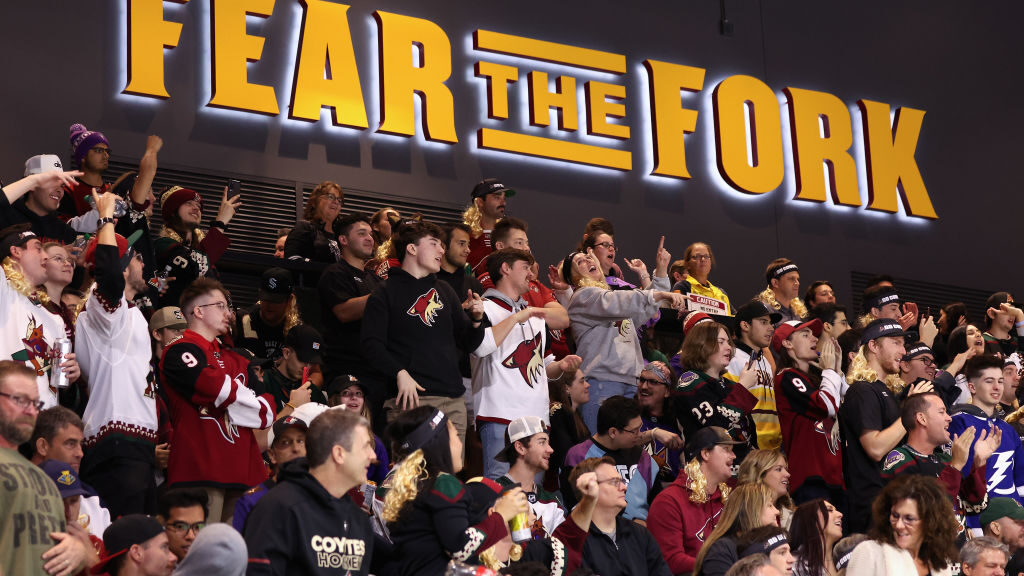

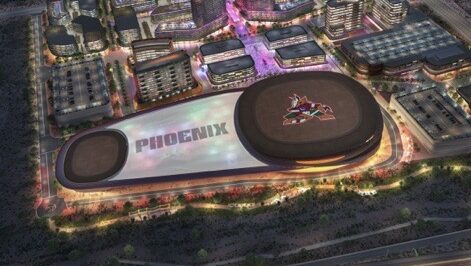

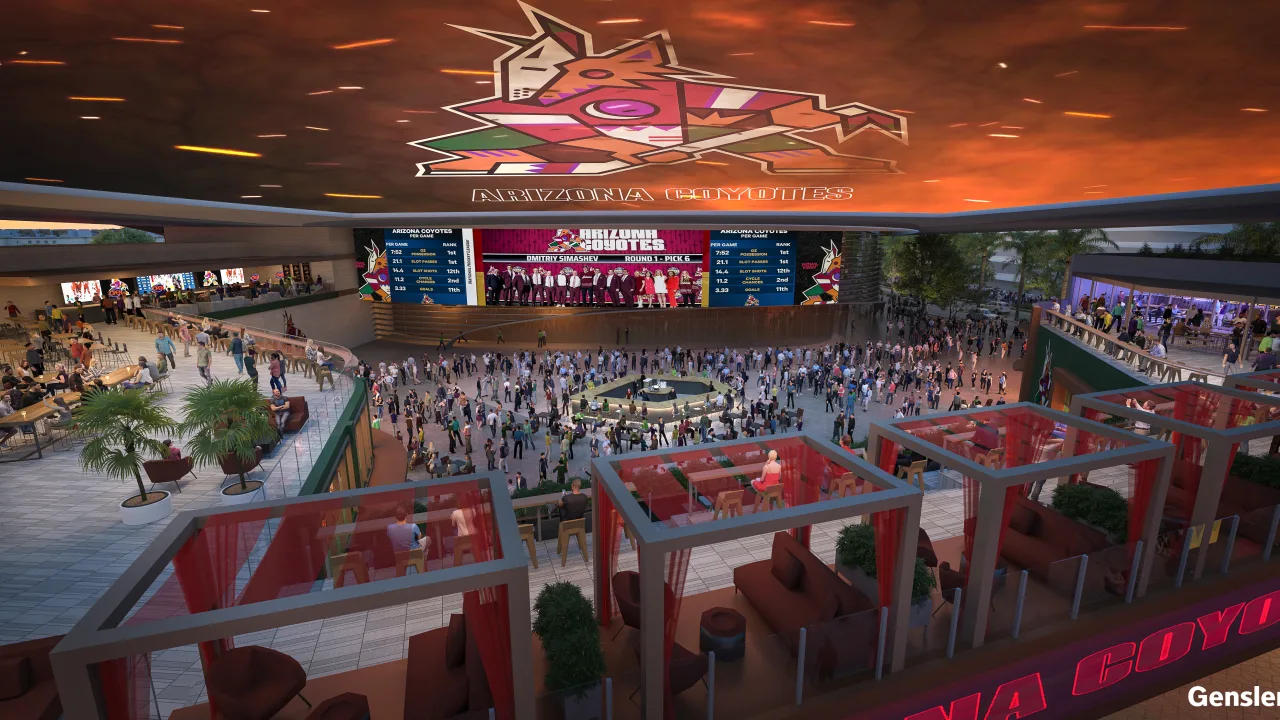
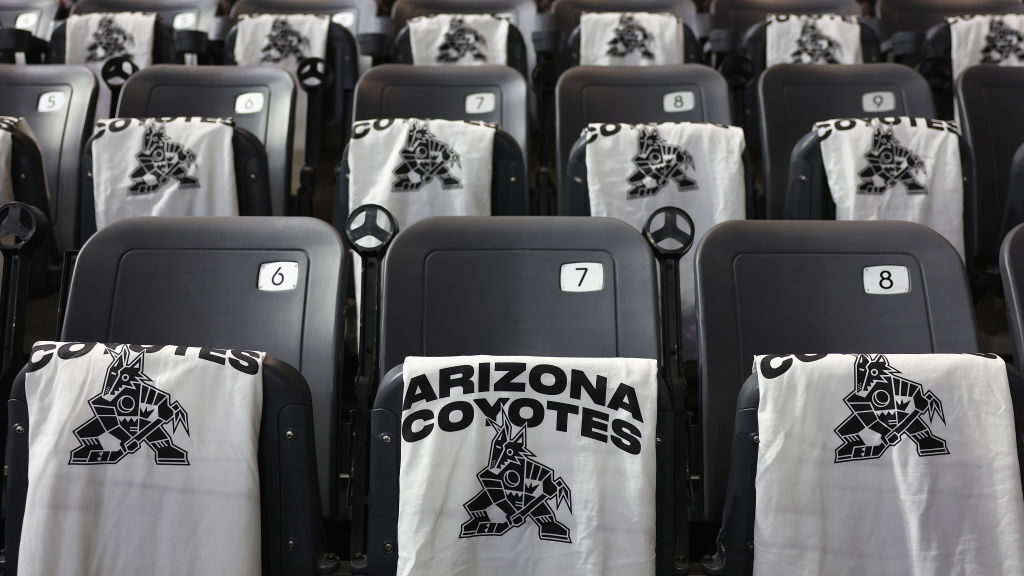




Comments